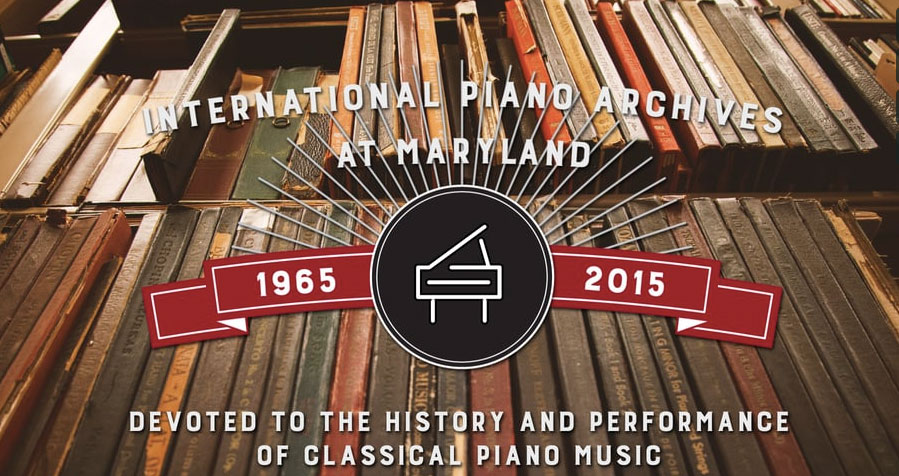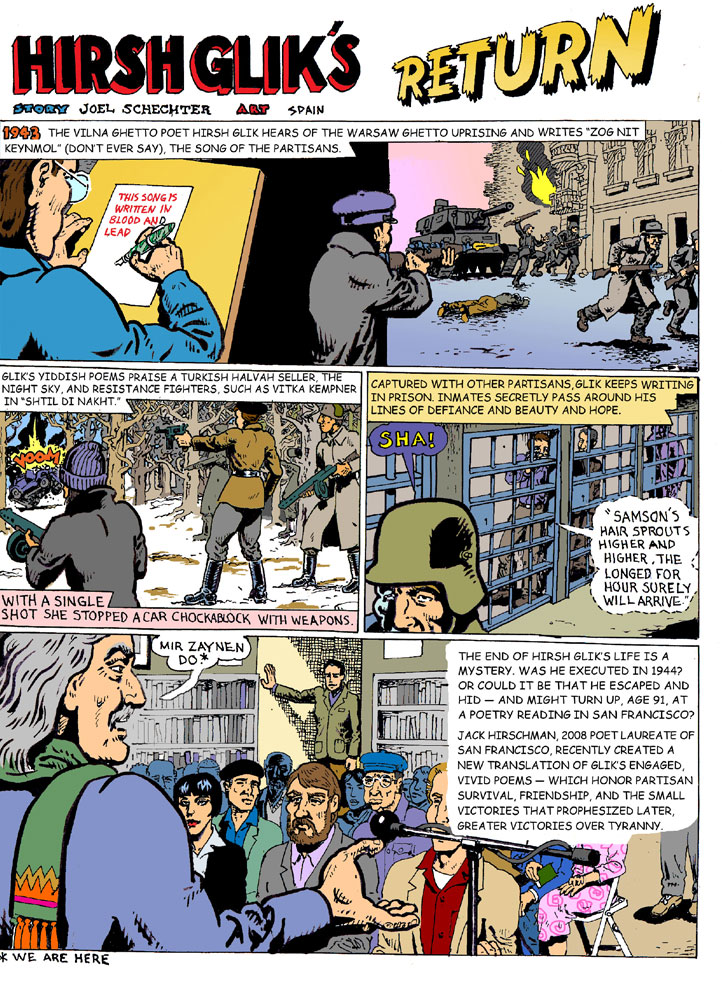
A ceremony was held on Wednesday to thank those in Kedainiai, Lithuania who organised the recent cleaning of the Jewish cemetery and the matsevot.
Valentinas Tamulis, governor of the town of Kėdainiai and Rimantas Žirgulis, director of the Kedainiai Regional Museum, visited Kėdainiai Atzalynas gymnasium. During the meeting the members of the gymnasium community thanked them for their cooperation in carrying out project TILTAI-BRIDGES-בריקן activities related to the Jewish community in Kedainiai. The students shared a recent presentation about the old Kedainiai Jewish Cemetery. Eli Rabinowitz (Australia), rooted in Kedainiai, and Rabbi Natan Katzel joined the meeting virtually and thanked the headman of Kėdainiai for his contribution to the old Kedainiai Jewish cemetery in honor of the Kedainiai Jewish people, Jewish music was played by Tzvi Friedl. Further cooperation activities were discussed during the meeting. The guests were presented with the Kedainiai drawings.
Atžalyno gimnazijoje lankėsi Kėdainių miesto seniūnas Valentinas Tamulis ir Kėdainių krašto muziejaus direktorius Rimantas Žirgulis. Susitikimo metu gimnazijos bendruomenės nariai padėkojo už bendradarbiavimą vykdant projektą TILTAI-BRIDGES-בריקן apie Kėdainiuose buvusią žydų bendruomenę. Gimnazistai pasidalino pastaruoju metu sukurtu pristatymu apie senąsias Kėdainių žydų kapines. Susitikimo metu prisijungė Eli Rabinowitz (Australija), kuris kėdainiečių žydų vardu padėkojo miesto seniūnui už jo indėlį tvarkant senąsias Kėdainių žydų kapines, padėkos žodį tarė ir rabinas Natan Katzel, o muzikiniu kūriniu pasidalino Tzvi Friedl. Susitikimo metu buvo aptarta tolimesnė bendradarbiavimo veikla. Svečiams buvo padovanoti gimnazijos mokinių piešti Kėdainių miestą vaizduojantys piešiniai.
We made three videos:
Participants in Kedainiai:
Gintaras Petrulis, the director of Kėdainiai Atžalynas gymnasium
Rasa Cicėnienė, the assistant of Kėdainiai Atžalynas gymnasium
Lina Blinstrubienė, the assistant of Kėdainiai Atžalynas gymnasium
Giedrius Galvanauskas, a student
Aistė Vosilytė, a student
Šarūnė Makaraitytė, a student
More about the project – Building Bridges In Kedainiai

Building Bridges In Kedainiai
Kedainiai Atžalynas gymnasium students continue the Project: TILTAI-BRIDGES-בריקן . We thank Valentinas Tamulis, the mayor of Kedainiai, and Rimantas Žirgulis for organising cleaning activities in the old Jewish cemetery. Not a single tombstone is covered by a growing tree or a bush now. All the matsevot remind us about the Jewish community that lived in Keidan. We are presenting the recent view of the Old Jewish Cemetery of Keidan.
Source: elirab.me/bridges/























































